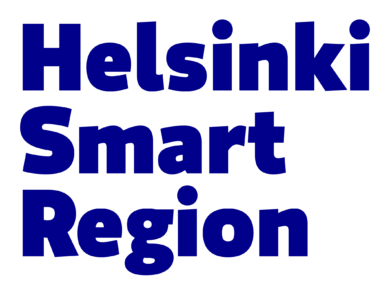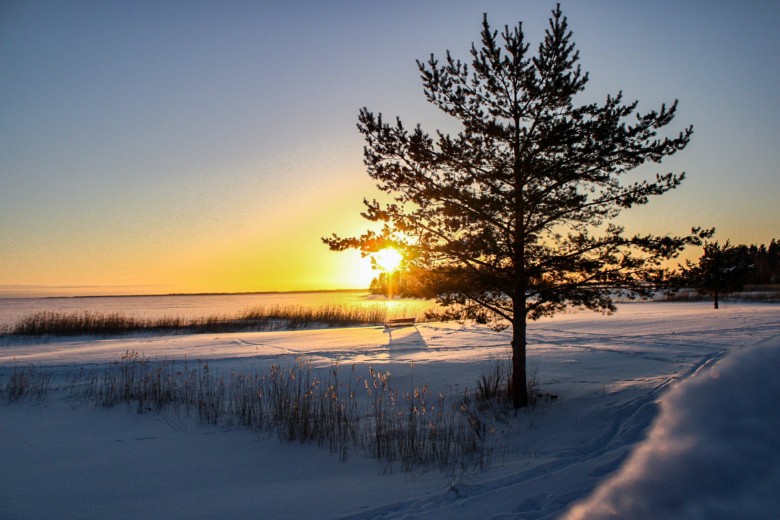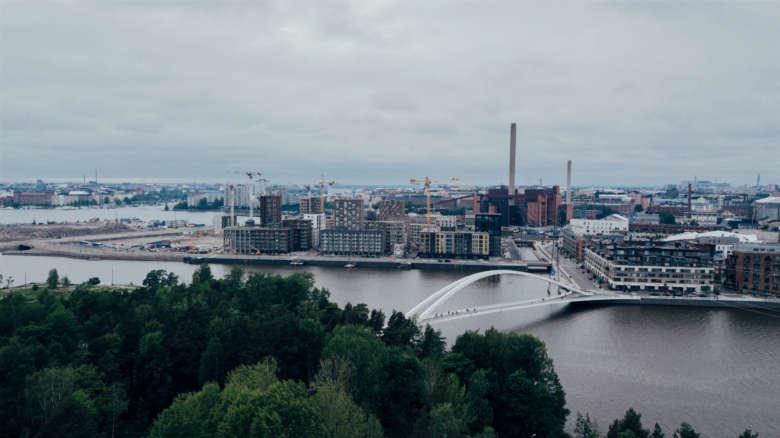News

Handbook for carbon-wise events published
Published:
Events move people. They play an important role in supporting individual and collective well-being, but they are also strongly linked to business. Because events also move people and goods in a very tangible way, they sometimes leave behind significant emissions.
The sustainability and carbon footprint of events is already being addressed by professionals, above all as an opportunity to further increase the value of events. Sustainability is no longer a trend – it is an established practice, also in the event sector. Sustainability is already becoming a prerequisite for attracting partners and sponsors for events, as the brand value or the fear of losing it is considerable.
Sustainability is no longer a trend – it is an established practice, also in the event sector.
The new Handbook for Carbon-Wise Events provides a step-by-step guide to organising a lower carbon event. The handbook will help you plan and manage an event with solutions that have less impact on the environment. The handbook is also a useful tool for partner activities: it helps both the organiser and the partner companies to assess their sustainability objectives. The handbook is based on research, practical knowledge and solid experience of sustainable event management.
– We also wanted to highlight challenges and tips on how to overcome them, as well as guidance on managing and communicating sustainability activities, Ms Jaana Helminen, project specialist at Aalto University and the writer of the handbook, adds.
The handbook was produced as part of the Carbon-Wise Jukola project. The main objective of the project was to develop and pilot a learning and operating model for a mass event with the lowest possible carbon footprint in the context of the Porvoo Jukola in 2023, in cooperation with the companies and partners involved in the event production. The project was implemented by the development company Posintra, the orienteering club OK Trian and Aalto University.

The world’s largest orienteering relay leading the way for the future of carbon-wise events
The annually organised Jukola relay is the largest adult sports event in Finland and the world’s largest orienteering relay, bringing together over 40 000 participants and viewers. Events that attract tens of thousands of people can have significant emissions. Thus, even the smallest environmental actions can have a significant impact. How was carbon-wisdom taken into consideration in Jukola and what can this teach others about building a more sustainable event?
The Jukola relay organised in Porvoo in June 2023 was seen as an unmissable pilot to improve the carbon footprint of mass events. The main objective of the Carbon-Wise Jukola project was to develop and pilot a learning and operating model for a mass event with the lowest possible carbon footprint, in close cooperation with the city, companies and partners involved in the event production.
– No event is ever completely emission-free, as a truly carbon-wise event would be one that did not take place at all. But we need events because they provide us with a sense of community, experiences and emotions. They are also an effective way to promote sustainability and environmental responsibility. So the main message of the handbook and the project is that in order to enjoy all this in the future, we need to learn how to organise events in a more climate-friendly way, Ms Helminen sums up.
Instead of claiming to be carbon-neutral, the approach chosen in Jukola was carbon-wisdom. Mass events have enormous potential to highlight new solutions to the viewers, participants and companies. The goal was to build a model that anyone can use to organise a more carbon-wise event.
Emissions caused by traffic the biggest challenge
Constructing a carbon-wise event starts with planning and breaking the event up into pieces. This includes calculating the amounts of environmental burden the event causes on an individual level, identifying the sources creating the event’s emissions and pinpointing the sources that cause the largest volumes of emissions. At events like Porvoo Jukola, most of the emissions usually arise from logistics and mobility.
Emissions caused by traffic, e.g. people traveling to the event, are usually the biggest challenge at events. This is good to keep in mind already when planning an event. Emissions associated with logistics and mobility start with the building of the event venue and end with its disassembly, and apply to all stakeholder groups: participants, viewers, volunteers, business partners, and media present at the scene. The organiser of the event can choose to partner with businesses that use low-carbon solutions and take carbon-wisdom into consideration.
Organising Jukola in Porvoo was challenging, because the competition centre was built in the middle of a forest at a site with little pre-existing infrastructure. The organisers needed to figure out how to transport 40 000 people from downtown Porvoo to the competition centre in a carbon-wise manner. In Jukola, this was solved by using electric buses, that offered transportation to approximately 10 000 people.
Smarter choices lead to smaller emissions – and can actually save money
After logistics and traffic, the next largest sources of emissions at events are often energy use, building materials and acquisitions such as advertising materials. The carbon-emissions of energy use can be tackled by using zero-carbon electricity from renewable sources. With acquisitions, it is worthwhile to consider borrowing or renting some of the materials. The food and drinks offered in the event as well as recycling are also important thigs to consider when trying to minimise the carbon emissions.
For event organisers, it may come as a surprise that many of these actions can actually save money. For example, borrowing or renting materials instead of buying everything can save money. Naturally, some of the low-carbon solutions may be more costly. For large and small events alike, partnerships and cooperation play a key role and can also be a way to save costs.
On the other hand, carbon-wisdom should not be seen just as a cost: it also holds significant marketing value. Today, responsibility in all sectors of life has become a must. Investing in sustainability and carbon-wisdom can in fact bring competitive advantage to events.
The Helsinki-Uusimaa Regional Council granted funding for the project from the European Regional and Development Fund.

More information:
Topi Haapanen, Project Manager
topi.haapanen@posintra.fi
+358 40 708 2012
Below you can find the project materials (in Finnish only). English version of the handbook will be published in December.










 Return to listing
Return to listing